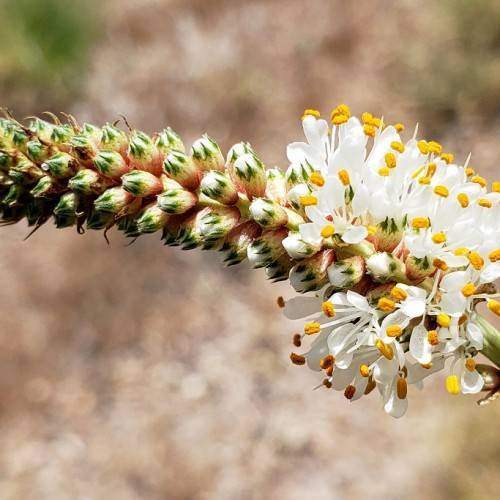
white prairie clover
Dalea candida
Cycle:
Herbaceous Perennial
Watering:
Average
Hardiness Zone:
3 - 8
Flowers:
Flowers
Sun:
Full sun
Leaf:
Yes
Growth Rate:
Low
Maintenance:
Low
Drought Tolerant:
Yes
Salt Tolerant:
Yes
watering
White prairie clover is a low-water plant species and does not require frequent watering. It grows best in well-drained soils and is very tolerant of drought. Watering the plant deeply and infrequently is best, perhaps once or twice per month in hot, dry spells. For containerized plants, a thorough watering every 7 to 10 days is often needed. For established plants, apply a deep soaking once every 1 to 2 weeks during the growing season. Afterward, reduce waterings further when temperatures dip and plant growth slows down in the winter. Not providing too much water is essential as this plant will not tolerate standing water in its root zone.
sunlight
White prairie clover thrives in full sun, and it prefers to grow in sunny locations with 8 or more hours of sunlight every day. It is best to give the plant a few hours of late-afternoon or early-morning sun in order to provide it with the full day of sun it needs. If possible, experiments suggest that the white prairie clover should have as much sunlight as possible to typically take full advantage of its growth potential. It is worth noting that the plant can suffer from sun scald or sunburn if exposed to extreme and full sun for too long.
pruning
White prairie clover (Dalea candida) should be lightly pruned each spring before new growth begins to remove dead stems and flower heads. If the plant has become too crowded, divide it in early spring before any signs of new growth. Avoid pruning too much as white prairie clover responds best to light pruning rather than heavy shearing. After flowering, deadheading is beneficial to extend blooming and encourage a second flush of flowers.
